Getting to the Final Four: $140 for Some UConn Students, Multiples Higher for Fans
/For 51 UConn undergraduate students, $100 will provide a round trip to Texas for the NCAA men’s basketball Final Four as UConn pursues a National Championship. For everyone else, the price tag is considerably steeper – and climbing.
UConn’s Undergraduate Student Government is sponsoring a bus to take students from Storrs to Texas this weekend. The bus will depart from Storrs at 6:00 AM on Friday and is expected to arrive in Arlingto n, Texas no later than 1:00PM Saturday – in time for the early evening game at AT&T Stadium.
n, Texas no later than 1:00PM Saturday – in time for the early evening game at AT&T Stadium.
The student government is not responsible for meals, lodging or other accommodations at any point during the trip, but will get the fortunate 51 (first come, first served, of course) within shouting distance of the Final Four. For a shot at a bus ticket, however, students must have proof that they are already a NCAA student ticket holder for the Final Four, showing an email confirmation from the official NCAA purchase process. Student General Admission ticket price: $40.
Why take the bus? Norwalk-based priceline.com is reporting that the national average airfare to Dallas/Ft. Worth is around $340, but the average round trip airfare from Bradley International Airport is $604. By comparison, the average round trip fare from the home cities of the other Final Four ar e less - Jacksonville is $541, $584 from Wisconsin, and $385 from Lexington, priceline.com reported. The average rate for an economy or compact rental car at the Dallas/Ft. Worth Airport is $60 a day for the weekend dates.
e less - Jacksonville is $541, $584 from Wisconsin, and $385 from Lexington, priceline.com reported. The average rate for an economy or compact rental car at the Dallas/Ft. Worth Airport is $60 a day for the weekend dates.
Online ticket aggregator TiqiQ reports that the average ticket price for the two semi-final match-ups on Saturday, as of April 2, is $1,091.81. (A ticket for just one of the semi-finals runs averages about $595.) The Championship Game ticket for next Monday night is going for an average of $580.70. That’s a slight drop from earlier in the week, but an increase of about 20  percent over the ticket price a week ago, before the four contenders for the National Championship were determined.
percent over the ticket price a week ago, before the four contenders for the National Championship were determined.
PrimeSport, the Official Ticket Exchange of the NCAA Final Four, lists available tickets ranging from $335.75 in the upper deck of the AT&T Arena to $4,037.50 in Row U facing mid-court. There remain tickets available.
Compared to the last four years, this is shaping up as the second-most expensive price for NCAA tournament tickets to the final four, behind only last years’ Final Four in Atlanta, Forbes magazine reported this week. Last year, the average price for the semi-final game was $887, which was driven up by three big programs in Louisville, Michigan, and Syracuse, in addition to Wichita State. The lowest price for final four tickets over the last four years was 2011, the last time UConn won the national championship, the magazine reported.
Students holding the prized $40 tickets will not be able to resell them on the secondary market, TIME magazine reported this week. Students from the Final Four competitors - UConn, Wisconsin, Florida and Kentucky - must provide valid student ID’s, verification of purchase, and the originating credit card to gain entry to the Final Four stadium.
The Final Four at AT&T Stadium is expected to bring the largest crowd ever to attend a NCAA tournament game college basketball game. The previous record was the 75,421 people that saw the 2011 Final Four semifinal games at Houston's Reliant Stadium. This year’s Final Four may also break the all-time college basketball attendance record of 78,129, Huffington Post reported.
As for the return trip for the 51 UConn students taking the bus from Storrs, there are two scenerios: should UConn lose on Saturday, the bus will depart from Arlington at 9:00AM on Sunday, April 5. If the Huskies advance to the championship, the bus will depart from Arlington at 8:00AM Tuesday, April 8. Sleep deprived, at the very least.


 In addition to Davidson, expert panelists participating include Carissa Ganelli, Founder & CEO, LightningBuy; Drue Hontz, Founder & President, KAZARK, Inc.; John Nobile, Founder & President, Tangen Biosciences; and Nadav Ullman, Founder & CEO, Dashride.
In addition to Davidson, expert panelists participating include Carissa Ganelli, Founder & CEO, LightningBuy; Drue Hontz, Founder & President, KAZARK, Inc.; John Nobile, Founder & President, Tangen Biosciences; and Nadav Ullman, Founder & CEO, Dashride. nt of strategy and operations for Global Market Development in Qualcomm Technologies, Inc. In this role, he handles reporting and operations as well as executing on strategic global business initiatives. In addition, Davidson is senior vice president of investor relations where he serves as the primary liaison with the investment community and Qualcomm shareholders. Davidson has more than 25 years of experience in technical sales, marketing and general management roles in the telecommunications industry.
nt of strategy and operations for Global Market Development in Qualcomm Technologies, Inc. In this role, he handles reporting and operations as well as executing on strategic global business initiatives. In addition, Davidson is senior vice president of investor relations where he serves as the primary liaison with the investment community and Qualcomm shareholders. Davidson has more than 25 years of experience in technical sales, marketing and general management roles in the telecommunications industry.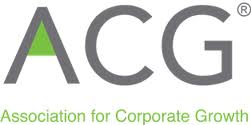 naging Partner & Principal, New England Consulting Group.
naging Partner & Principal, New England Consulting Group. valuating schools’ veteran-focused operations, the publication considered more than a dozen different measures of academic success, quality and rigor, as reported by schools and the Education Department, to develop the rankings.
valuating schools’ veteran-focused operations, the publication considered more than a dozen different measures of academic success, quality and rigor, as reported by schools and the Education Department, to develop the rankings.
 n benefits, BAH and book stipends from the VA.
n benefits, BAH and book stipends from the VA. The state agency received a total of 6,008 written complaints in 2013, while the number of phoned-in complaints and questions numbered in the tens of thousands. The areas included in the ten leading causes of consumer complaints accounted for nearly 60 percent of the written complaints during the year.
The state agency received a total of 6,008 written complaints in 2013, while the number of phoned-in complaints and questions numbered in the tens of thousands. The areas included in the ten leading causes of consumer complaints accounted for nearly 60 percent of the written complaints during the year.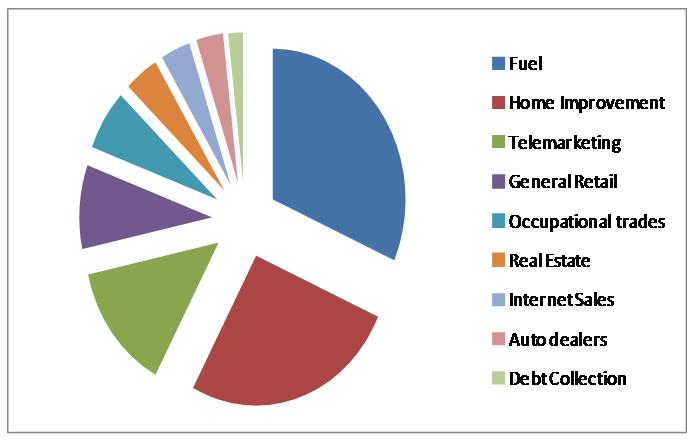
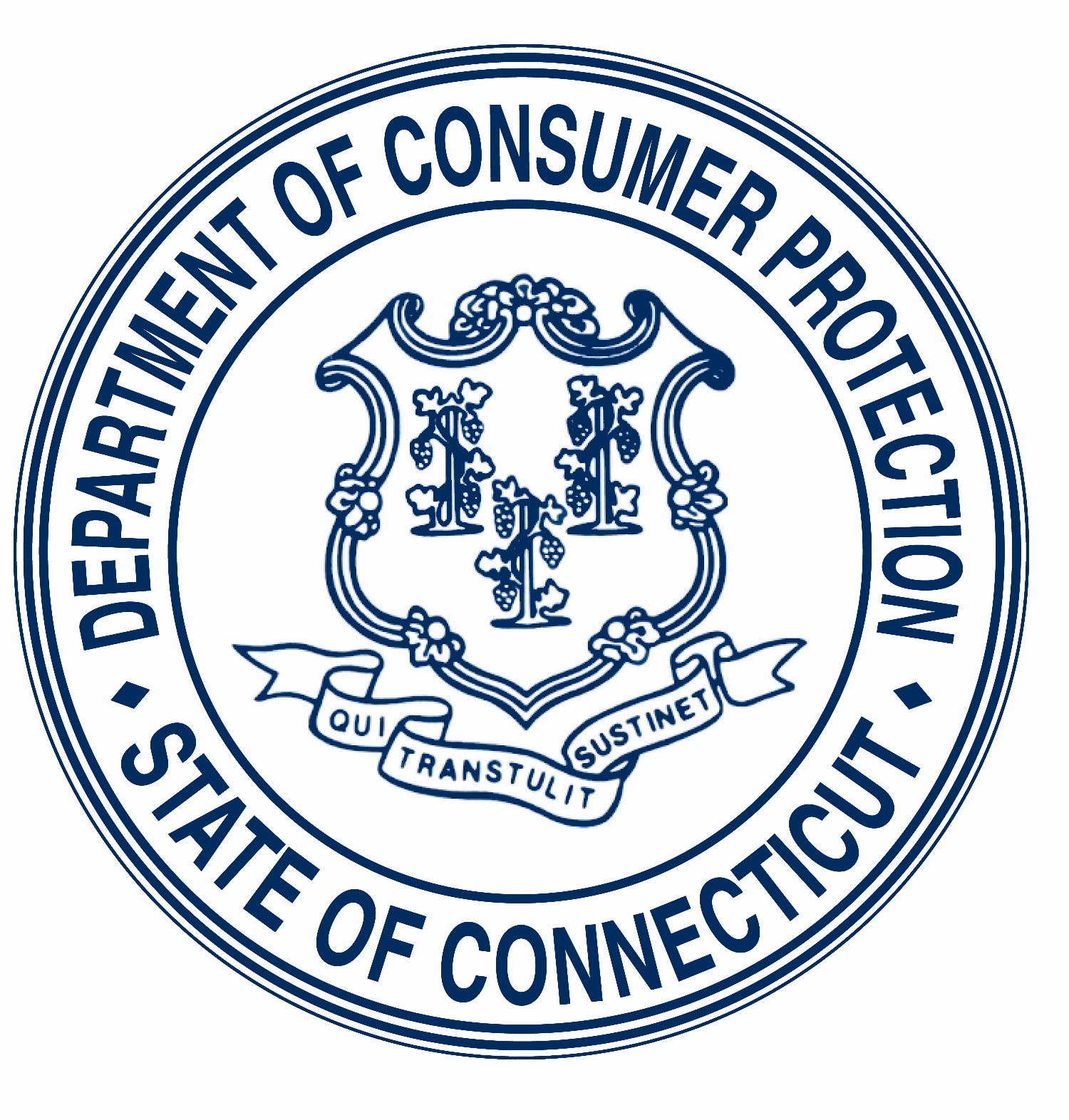
 presentations focused on innovative techniques and new technology for teaching Spanish, Chinese, French, and Italian in the classroom.
presentations focused on innovative techniques and new technology for teaching Spanish, Chinese, French, and Italian in the classroom.

 , based on a nationwide map developed using county-by-county data, is to be believed.
, based on a nationwide map developed using county-by-county data, is to be believed.

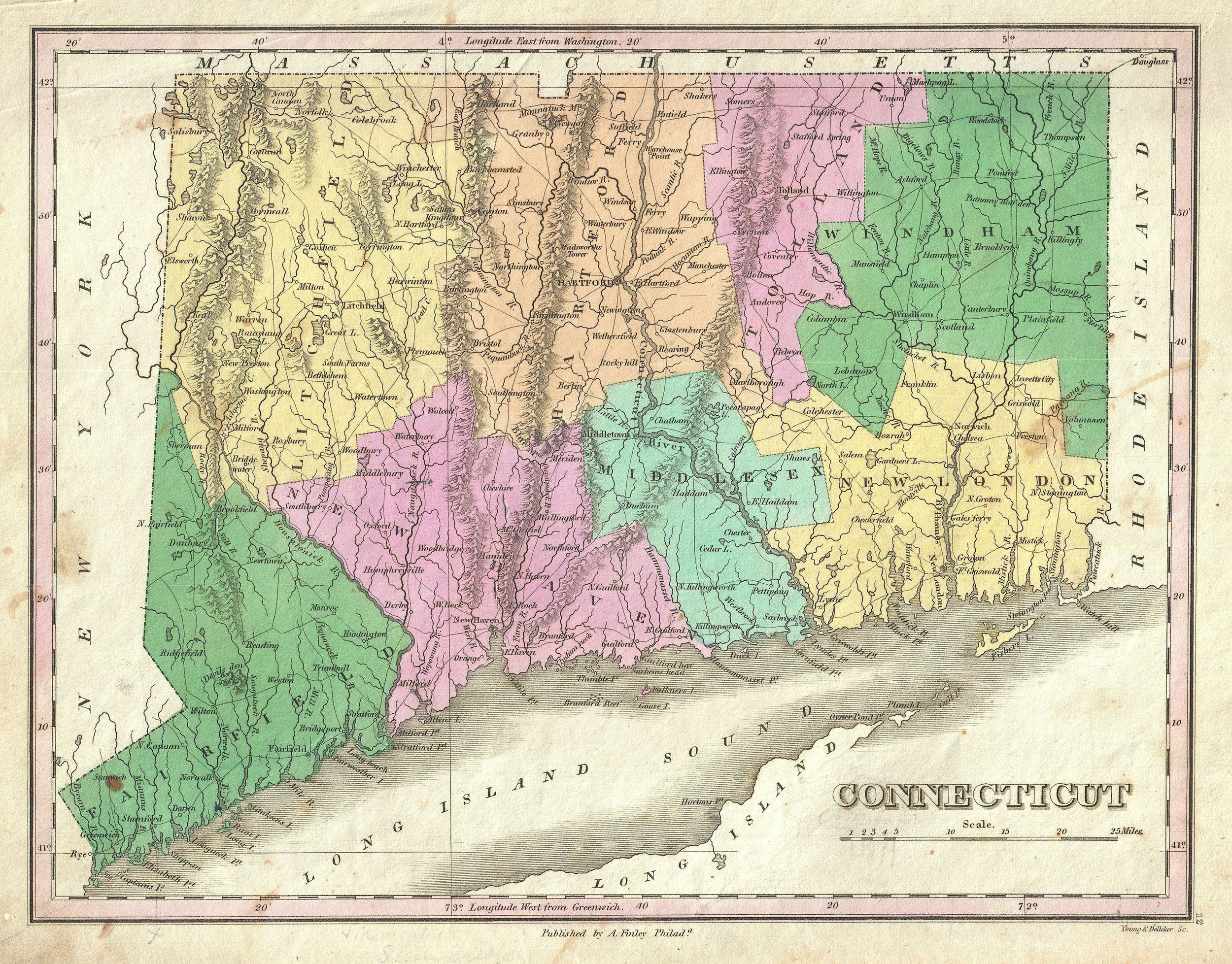

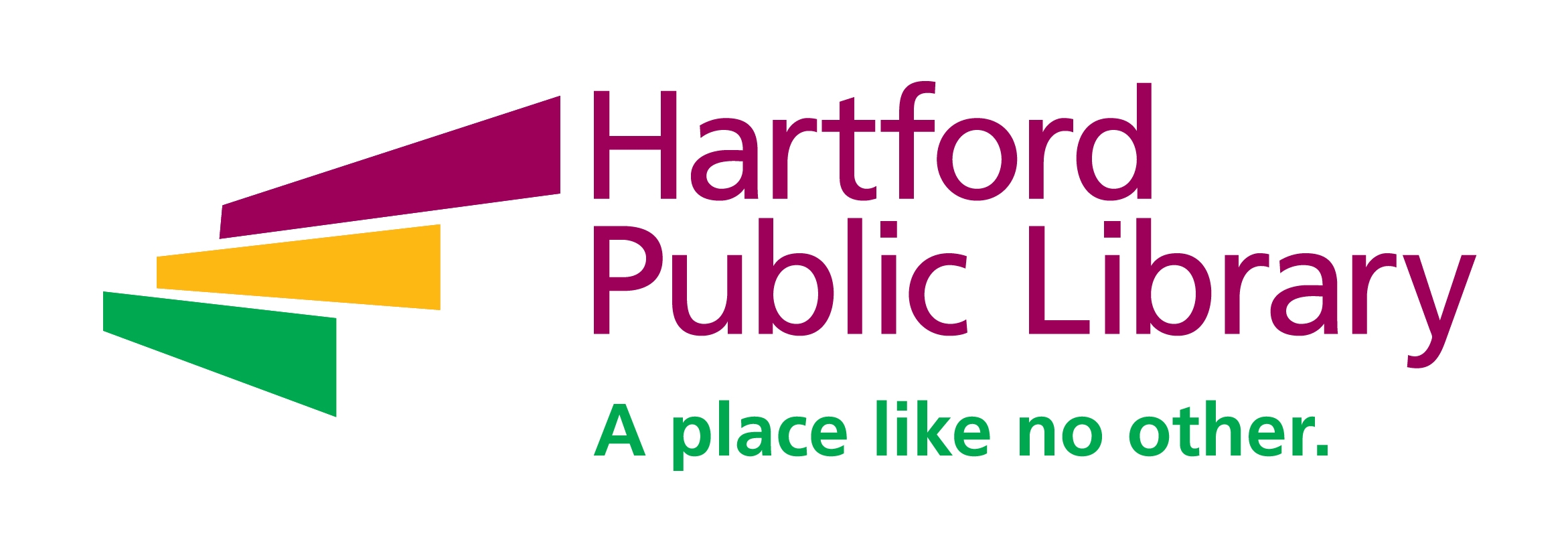 rship of Hartford-based organizations stepped up in a way that has proven quite effective, and is gaining national recognition.
rship of Hartford-based organizations stepped up in a way that has proven quite effective, and is gaining national recognition.
 just to their new land.
just to their new land.
 nd are “intended to limit live action,” including:
nd are “intended to limit live action,” including:

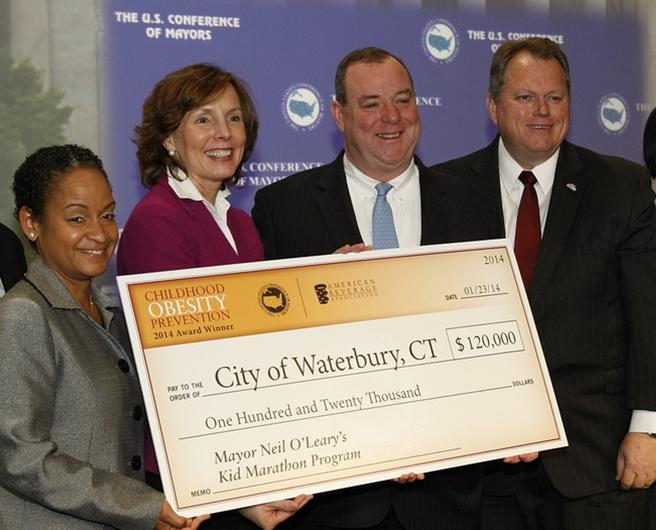 reg Fischer, U.S. Labor Secretary Thomas Perez and Wendy Spencer, CEO of the Corporation for National and Community Service.
reg Fischer, U.S. Labor Secretary Thomas Perez and Wendy Spencer, CEO of the Corporation for National and Community Service.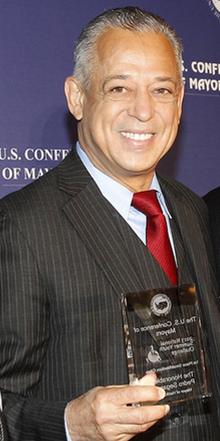 The Kid’s Marathon Program is designed to target city youth lacking in physical activity and good nutrition habits. Students run 1-2 miles, two or three times per week, completing a cumulative 26.2 mile marathon over the course of the program. They also receive positive and practical guidance on nutrition that helps foster long-term healthy eating behaviors. In 2013, the program’s first year, 438 students participated, with the culminating 1-mile run occurring at Crosby High School before a crowd of family, friends and supporters.
The Kid’s Marathon Program is designed to target city youth lacking in physical activity and good nutrition habits. Students run 1-2 miles, two or three times per week, completing a cumulative 26.2 mile marathon over the course of the program. They also receive positive and practical guidance on nutrition that helps foster long-term healthy eating behaviors. In 2013, the program’s first year, 438 students participated, with the culminating 1-mile run occurring at Crosby High School before a crowd of family, friends and supporters. e Association (ABA), to support and/or enhance mayors’ ongoing childhood obesity prevention programs in their cities. A total of $445,000 in grants was awarded to support both new and existing programs. Denver, CO and Dallas, TX (large cities) and York, PA and Monrovia, CA (small cities) were the other recipients.
e Association (ABA), to support and/or enhance mayors’ ongoing childhood obesity prevention programs in their cities. A total of $445,000 in grants was awarded to support both new and existing programs. Denver, CO and Dallas, TX (large cities) and York, PA and Monrovia, CA (small cities) were the other recipients.


























